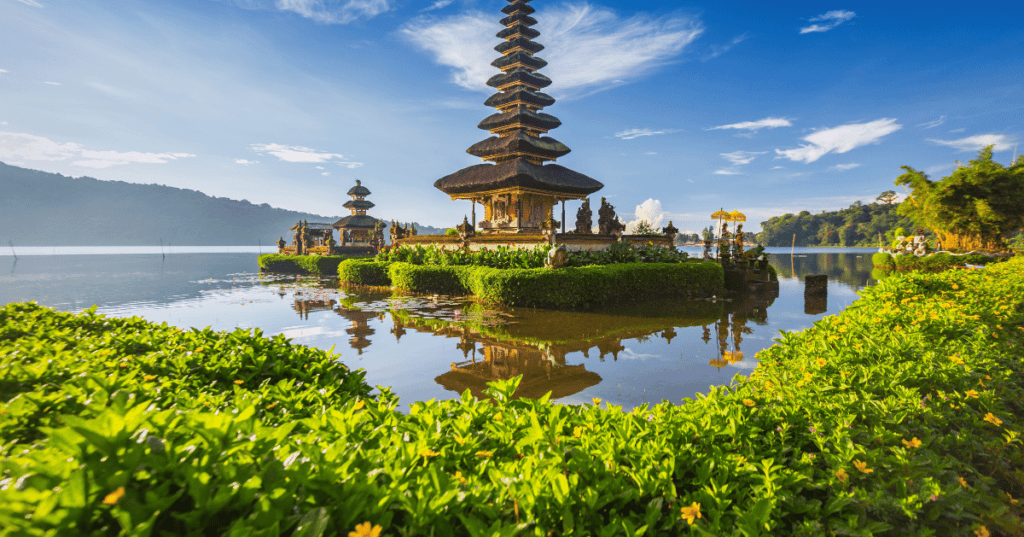Looking for something different for your next trip? Let me tell you about the Batak people of Indonesia, a community whose rich culture and vibrant traditions are as fascinating as their unique boat-like houses.
When I first visited Batak Village, and explore the culture of Batak people. I was blown away by the architecture, It is clearly not what you see every day.
Batak culture is not only about traditional customs; It’s about seeing how these traditions grow concerning modern life. Every piece of music and drumming around Lake Toba is more than just entertainment; It is a living link to the past, bringing the culture to life today.
So, why should you care? Visiting Batak isn’t just about cool photo opportunities. It’s about experiencing a way of life where the old interacts beautifully with the new.
So, are you ready to explore and maybe find a piece of yourself along the way? Let’s go into the heart of their community and see what we can find.
A Little Brief About The Batak People
Let me take you back in time to meet the Batak people, who have lived around the beautiful Lake Toba in North Sumatra, Indonesia, for many, many years.
Lake Toba is the biggest volcanic lake in the world and has been Batak’s home for centuries.
The Batak people are made up of several groups, each with their way of speaking and traditions, but they all share some common history.

They settled around Lake Toba because it’s surrounded by fertile land that helped them grow their crops, and the mountains protected them from enemies, keeping their culture safe and sound.
Long ago, the Batak were famous warriors and excellent farmers. They lived in small villages, each led by a leader called a ‘datu.’ Their society was very organized; people respected those who were brave warriors or who had control over the best farming lands.
One cool thing about the Batak is their writing system called Surat Batak. They used it to write down important things like magical spells, community rules, and notes to each other. This special script shows just how sophisticated their culture was from early on.

In the 1600s, Europeans arrived, and by the 1800s, the Dutch were in charge. This was a tough time for the Batak because they had to deal with new rules and ideas from far away.
Many Batak started following the Christian religion during this time, though they also kept many of their old beliefs and customs.
Even though some Batak people now live in other parts of Indonesia or even other countries, they still remember and celebrate their unique culture and history.
Their story is a great example of how people can keep their traditions alive, no matter what changes come their way.
Who Are The Batak People, And Where Do They Live?
The Batak are a group of people who come from a beautiful part of Indonesia called North Sumatra. This area is famous for its stunning landscapes, including thick forests, rolling mountains, and, most notably, Lake Toba, which I mentioned before.
Lake Toba is not just important for its size and beauty, but it’s also a central part of Batak culture.
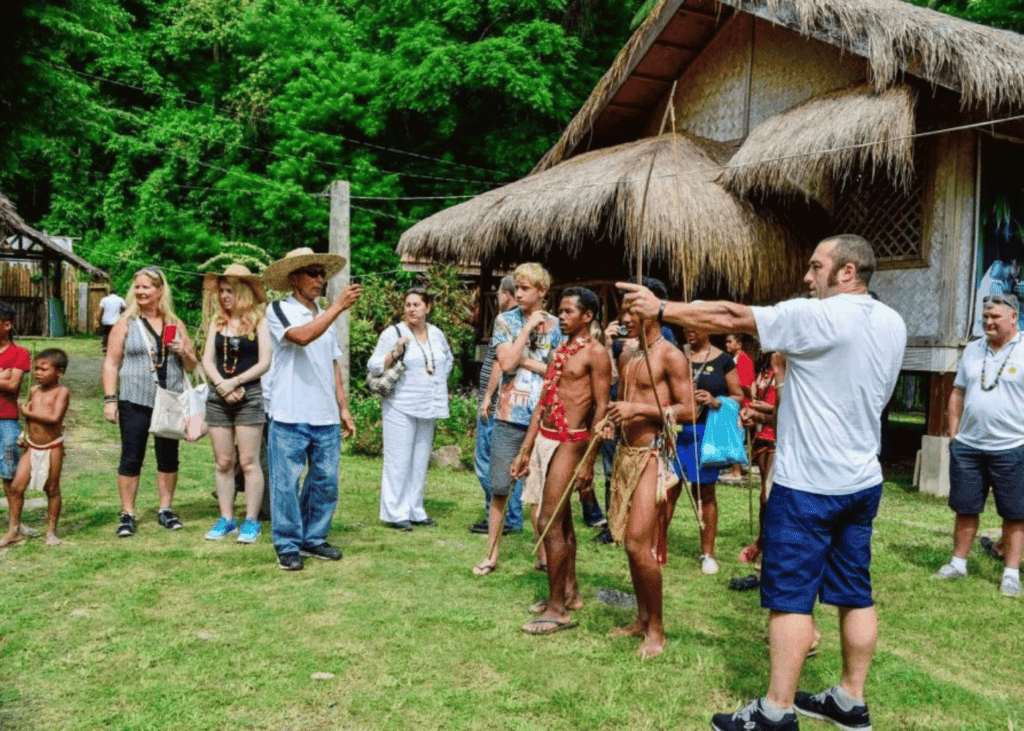
The Batak are not just one big group; they are made up of several smaller groups, each with their unique language and customs. Some of these groups are called Toba, Karo, Pakpak, Simalungun, Angkola, and Mandailing.
Even though they have different ways of life and traditions, they all share a common bond through their history, family ties, and cultural practices.
Most Batak people live in the highlands around Lake Toba, but over the years, many have moved to other parts of Indonesia and even to other countries around the world.
They often move to find new job opportunities or to study, but no matter where they go, they take their rich cultural heritage with them.
In their villages, the Batak live in houses that are very special and easy to recognize because of their boat-like shape and decorative carvings. These houses are not just homes; they’re a big part of their tradition, showing off the skills and artistic talents of the Batak people.
So, now you know a bit more about who the Batak are and where they live. They’re a fascinating community with a rich cultural heritage, deeply connected to their beautiful homeland by Lake Toba.
Local Culture Of Batak Indonesia
The Batak culture is full of music, dance, art, and ceremonies that have been passed down from generation to generation.
Music is a big part of Batak’s life. They use drums, flutes, and a unique guitar called a “hasapi” to make their music. If you ever visit during a festival or a wedding, you’ll hear these instruments playing lively tunes.
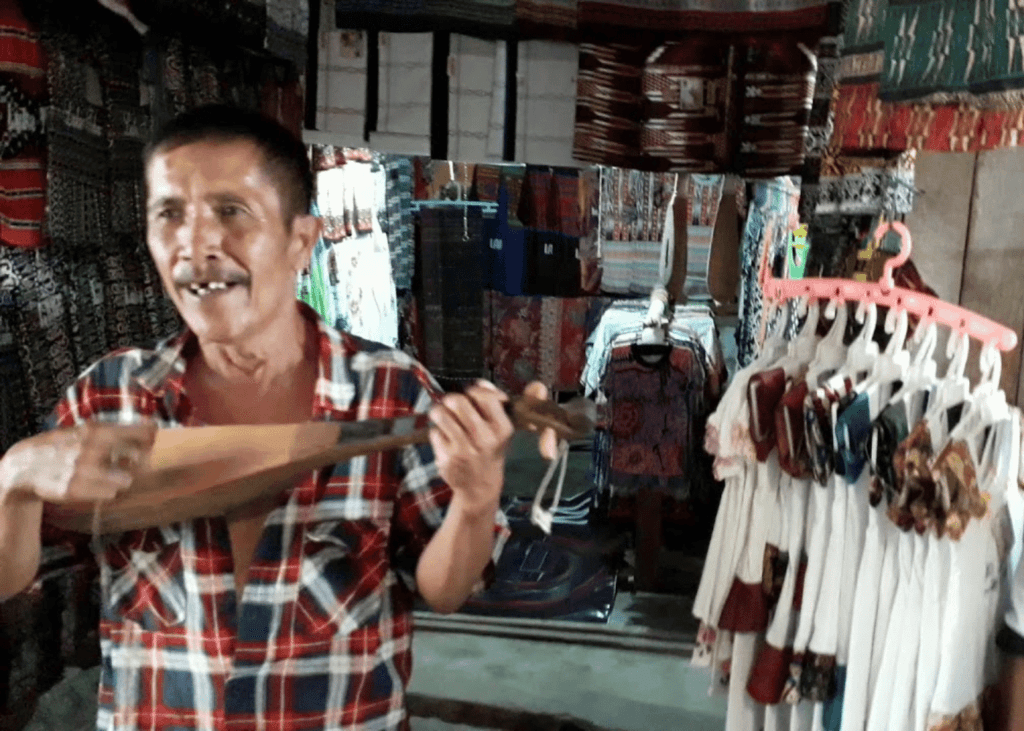
The dances are just as exciting, with everyone moving together in beautiful, rhythmic patterns.
The Batak are also amazing artists. They are known for their wood carving skills. They carve intricate designs into their houses, furniture, and even small everyday objects like spoons and forks.
These carvings usually tell stories or represent important symbols in Batak culture.
The Batak has many traditional ceremonies, which are important events in the community. One of the most famous is the wedding ceremony, which involves lots of music, dancing, and feasting. Another important ceremony is the funeral, which is very unique.
The Batak believe that the way they handle funerals shows respect for the deceased and helps them on their journey to the afterlife.
Traditional Batak clothing is colorful and detailed. Men often wear a cloth around their waist and a jacket with gold or silver threads. Women wear beautiful woven skirts and embroidered blouses.
During special occasions, they wear these traditional outfits to celebrate and show pride in their heritage.
The Batak people speak several languages, but they all come from the same family of languages. Even though many Batak now speak Indonesian, especially in cities, they still use their local languages at home and during traditional events.
The culture of the Batak is a beautiful tapestry of traditions that they cherish and continue to celebrate. It’s a culture that not only entertains but also brings the community together, preserving their history and identity.
Traditional Costumes
We find stunning colors, patterns, and motifs that are just fascinating to the eye, along with their whole cultural meaning. Behind every piece of cloth, there is a story told regarding another piece of Batak’s life and values.
The Batak men traditionally put on a kind of cloth they call “ulos”. The shoulder drapes can be worn in different patterns and complicated ways. Ulos are more than just a piece of cloth; they symbolize honor and protection.
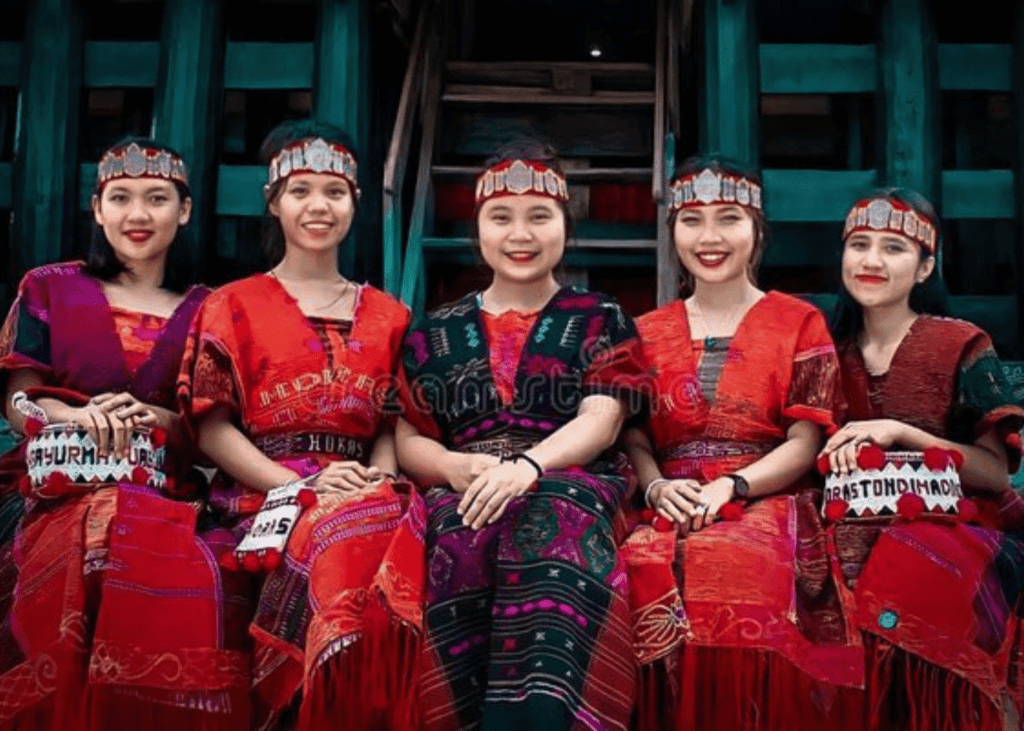
People give one another on significant life occasions such as gifting from birth, weddings, and even at death/funerals.
And for more formal, a man was also seen donning an ulos cloth draped around the shoulder and underneath the arm, worn over a tailored jacket decorated with embroidered fabric that adorns the wearer. Their wear is also fancy and official, from which the Batak women usually wear.
Their traditional dress is usually a woven shirt known as a “tapi.” It is generally reinforced and often heavily decorated with symbolic motifs.
The outer garment may be a simple blouse but usually consists of one or more rules clothes more than that beautiful, a necklace with beads adding a sense of beauty. Jewelry such as, and earrings, often accompany the outfit, adding beauty and a sense of meaning to the group.
On special occasions, people do wear headdresses made by both women and men. Generally, this is made in similar embroidery, showing similar patterns to that found in ulos and tapis.
The fashion of hairdressing is likely to vary according to the region and group to which it belongs in the Batak area.
Making traditional Batak clothes of Batak is a craft that needs detail and art. Textures, colors, and textures have now developed through generations, changing and changing each garment into a work of art. This is the craft.
Lake Toba is The Heart of Batak Culture
Lake Toba is the heart and soul of Batak culture. This massive volcanic lake, located in the middle of the northern part of Sumatra, Indonesia, is more than just a body of water.
It’s a central figure in the history and mythology of the Batak people and plays a vital role in their daily lives and spiritual beliefs.
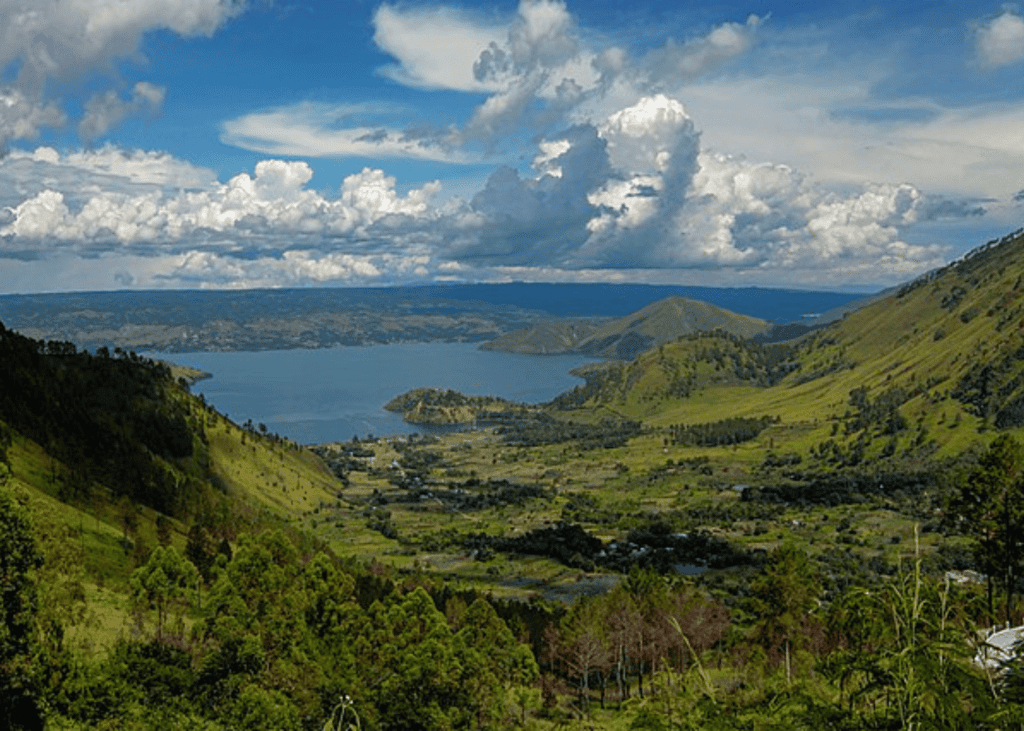
Lake Toba is the largest volcanic lake in the world and one of the deepest. The lake was formed by a massive volcanic eruption about 74,000 years ago, which had a profound impact on the global climate and human history.
For the Batak, the lake’s presence has shaped their agriculture, fishing practices, and even their settlements. Villages dot the shores and the many islands within the lake, including the well-known Samosir Island, which is almost a mystical place for many Batak people.
Lake Toba is woven into the fabric of Batak mythology. According to local legends, the lake was formed from the site of a gigantic fish caught by a magical bait. This fish transformed into the lake itself, creating the landscape the Batak now calls home.
The lake is considered sacred, and believed to be a resting place for the spirits of ancestors. Rituals and ceremonies often take place by its shores, where the Batak people connect with their spiritual heritage and seek blessings for prosperity and health.
Besides its cultural and spiritual significance, Lake Toba is also a key component of the local economy due to tourism. Visitors from around the world come to marvel at its beauty and learn about Batak culture.
This influx of tourists has provided opportunities for the Batak people to share their traditions, music, and crafts with others, fostering a greater appreciation and understanding of their way of life.
The ecosystem around Lake Toba is rich in biodiversity, supporting various species of plants and animals unique to this area. The Batak people are aware of the ecological balance and have traditional practices in place to maintain the environment.
So, the lake continues to sustain their community and remain a beautiful part of their homeland.
Batak Traditional Houses are Truly Architectural Marvels
One of the most distinctive features of Batak culture is their traditional houses, known as “Rumah Bolon.” These large, striking structures are not just homes but are also a key part of Batak’s architectural heritage and community life.
The Rumah Bolon is famous for its curved, boat-shaped roof which is said to represent a buffalo’s horns, an animal highly regarded in Batak culture. The roofs are often adorned with elaborate, colorful carvings and motifs that tell stories or symbolize Batak myths and beliefs.
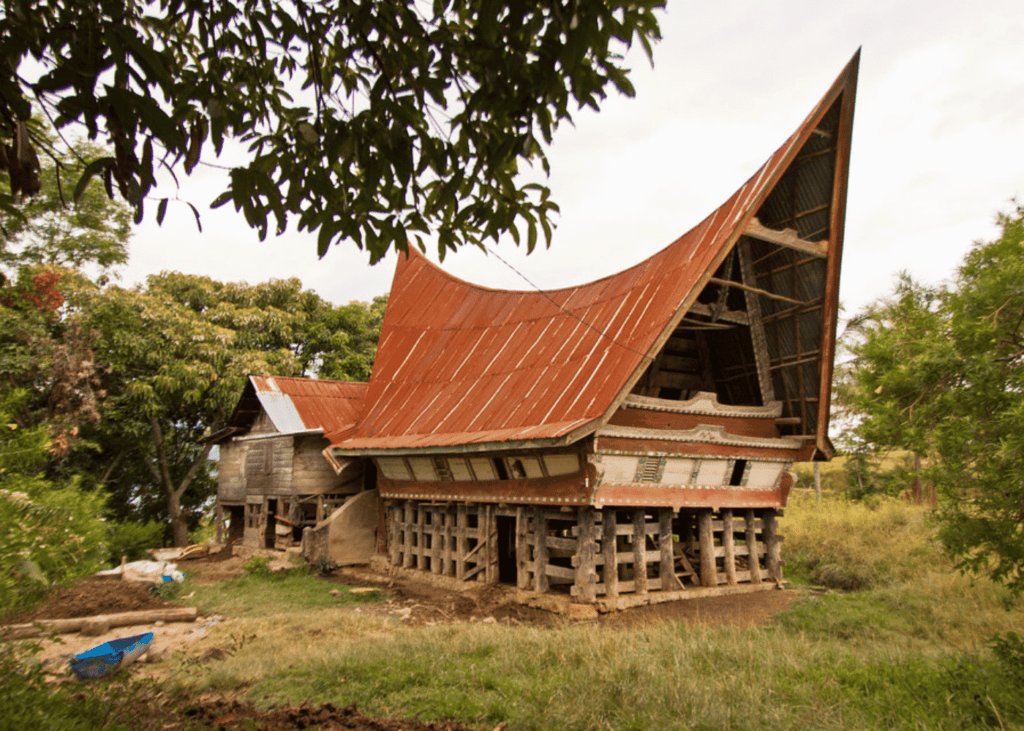
Traditionally, these houses are made from natural materials available in the surrounding environment. The framework is typically constructed from timber, while the walls are made of woven bamboo panels, and the roofs are thatched with palm leaves or grass.
The construction of a Rumah Bolon is a community effort, reflecting the Batak spirit of cooperation and mutual assistance.
Beyond their practicality and beauty, Rumah Bolon is deeply symbolic. They are generally oriented in specific directions as guided by local customs, which are believed to bring good fortune and protection to the inhabitants.
The interior of the house is also carefully divided into areas with distinct functions, such as cooking, sleeping, and receiving guests, each associated with different family roles and social norms.
While many Batak now live in more contemporary homes, efforts are being made to preserve these traditional houses as cultural landmarks. They are a popular attraction for tourists, who come to admire their unique construction and learn about Batak’s architectural skills and cultural values.
Some traditional houses are still used for special ceremonies and gatherings, maintaining their role as vital centers of cultural and social activity. They serve as a reminder of the Batak’s rich cultural history and continue to inspire pride and unity within the community.
Daily Rhythms and Cultural Practices Of Batak people
The daily life of the Batak people is rich with old customs that blend beautifully with modern ways. Let’s take a closer look at how the Batak live, from morning until night.

Many Batak wake up early to farm or fish. Farming is big in Batak communities, and you’ll often see rice fields and vegetable gardens around their homes. Fishing is especially important for those living near Lake Toba, and they use special techniques that their families have used for a long time.
The Batak are also great at making things by hand. They are experts in weaving, wood carving, and making things out of metal. These crafts are not just about making useful things; they also show off Batak culture.
For example, their woven clothes tell stories with special patterns that mean something special to them.
Getting together with others is a big part of life for the Batak. They meet up for all sorts of reasons—to celebrate, to mourn, or just to catch up.
Religion is also a big part of daily life. Many Batak follow Christianity, but they also keep old beliefs alive. These beliefs shape many of their daily rituals and special ceremonies.
They do this to honor their ancestors and nature, showing respect for both their history and the world around them.
The Spiritual Life of The Batak People
The spiritual life of the Batak people is rich with myths, legends, and rituals that are deeply woven into their daily existence. These traditions offer a window into the Batak’s beliefs and values, and how they understand the world around them.
The Batak have many stories that have been passed down through generations. These tales often explain natural phenomena or teach important life lessons.
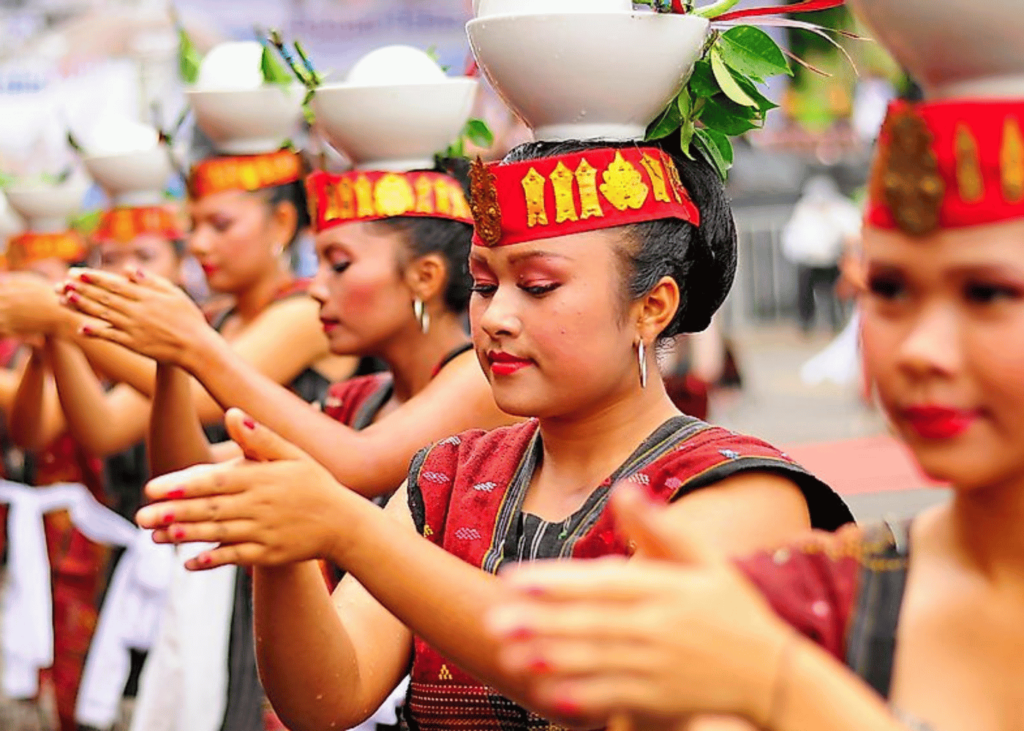
One popular legend tells of the origin of Lake Toba itself, which was believed to have been formed by a supernatural event involving a giant fish.
Rituals play a crucial part in Batak’s life, marking significant life events from birth to death. For example, the Batak funeral rituals are elaborate and can last several days, involving the entire community.
These rituals ensure that the spirits of the deceased are honored and properly sent off to the afterlife, which is essential for the well-being of both the spirit and the community.
Magic and spiritual healing are also integral aspects of Batak spirituality. Traditional healers, known as ‘datu,’ use ancient practices believed to harness natural and supernatural forces to heal, protect, and sometimes curse.
The data is respected and feared, holding a vital role in solving spiritual and physical problems within the community.
Since the arrival of Christian missionaries in the 19th century, many Batak have adopted Christianity, which now coexists with traditional beliefs.
This blend of Christian and animistic practices is common, with many Batak integrating Christian rituals with traditional ceremonies, creating a unique spiritual landscape that respects both old and new beliefs.
Final Thoughts on The Local Culture Of Batak Indonesia
Exploring the Batak culture, it’s clear that this vibrant community is rich in traditions that are both enduring and dynamic. The Batak people, deeply rooted in their past yet forward-looking, show us a wonderful example of how culture can evolve and thrive even as times change.
Their traditional houses are striking, and their music and dance are full of life, celebrating their identity with every beat and structure. The Batak’s colorful ceremonies and social events not only bring their community closer but also keep their age-old customs alive for new generations.
Despite challenges like urbanization and economic pressures, the Batak remains resilient. They are actively preserving their language, arts, and rituals through education, festivals, and even digital media, ensuring their culture does not just survive but thrives.
The spirit and perseverance of the Batak people inspire us all, showing the beauty and strength in diversity and tradition. As they adapt to modern challenges, the Batak culture continues to be an essential part of the world’s rich cultural mosaic.







